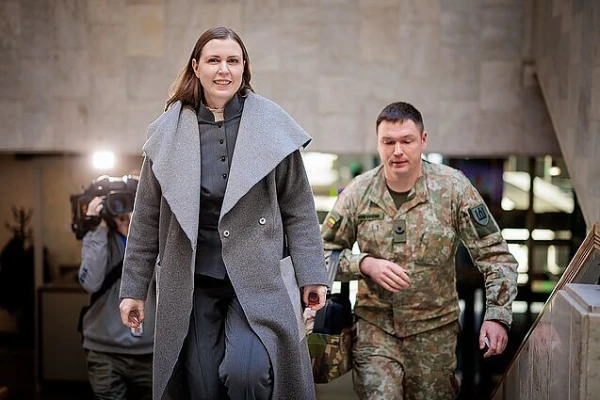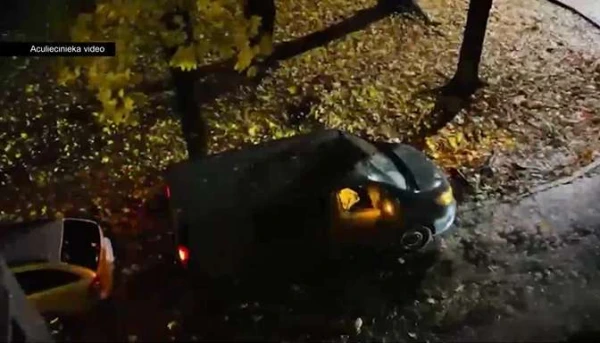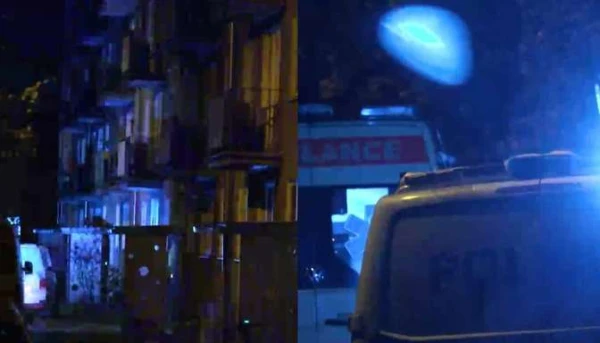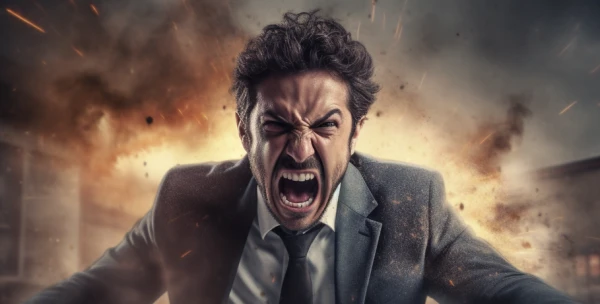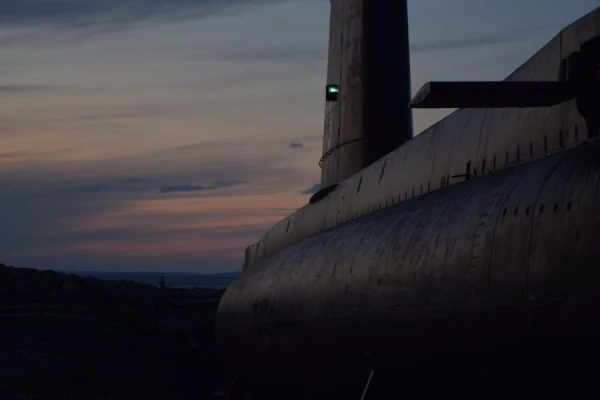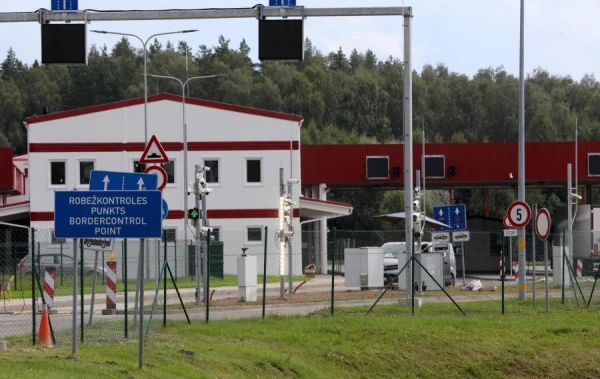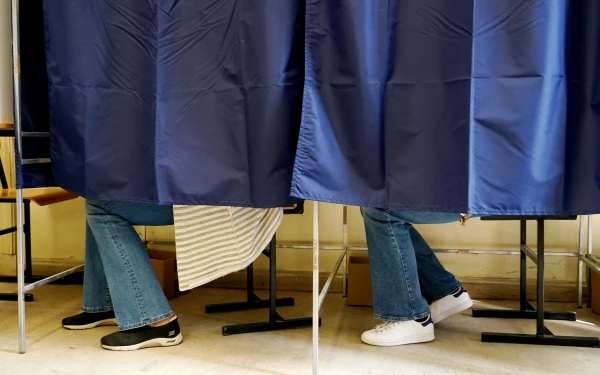
After the tragic event in Imanta, where two 13-year-old girls were killed by a train, many wondered what it is like for a driver after such incidents. Marcis shared his bitter experience, as his trains took the lives of two people, writes Otkrito.lv, referencing Jauns.lv.
“I spent my entire childhood near the railway. Wherever I went, there were always tracks nearby: at home in Vecumnieki, at my grandparents' house behind Vecumnieki, and also in Krustpils,” says Marcis. “When I was little, I would go to watch — of course, from a safe distance. Apparently, this stuck in my mind. Growing up, I realized that this was my calling, and I achieved my goal — I trained to become a train driver.”
He notes that the path to the profession is long — he studied at the Riga Railway School (now training takes place at the Riga State Technical School), where he had to pass numerous exams and tests. This was followed by about 900 hours of practice, after which there were more exams. After successfully passing, he had to work as a trainee driver for at least a year.
“While operating the train, there is almost no free time. There is always something to do: monitor the tracks, signals, instruments, inspect the train. It’s not like we sit in the cabin and are terribly bored. For example, during the trip, we are required to check the brakes.”
“The first incident happened three months after my promotion”
When asked about tragic incidents where people were harmed on the tracks, the man replies that he has had two cases with fatalities in his practice. “Both are very similar — a person deliberately threw themselves under the train. The first case happened a long time ago — about three months after I was promoted to driver. [...] This happened at the Ziemelblazma station, during the day. The second — in Lode, at night.”
“In both cases, at first it seemed that everything was fine — the person was standing next to the tracks, I sounded the horn, and he looked at me. I thought he saw the train and understood that he needed to step back. Then, when you get very close — one and a half to two steps... not even two seconds pass, and he is already standing on the tracks and... well, yes. Both cases were identical.”
“During the day, you can spot an object from about a kilometer away, but then you only see that something is near the tracks that shouldn’t be there. Usually, it’s unclear whether it’s an animal, a tree, or some object.”
“You can really understand that it’s a person from about 500–600 meters during the day, while at night the distance is at least half that. But even at those 500–600 meters, the braking distance of the train offers no chances, not to mention at night... Braking in such cases is mandatory, but unfortunately, it is clear that it won’t help because the braking distance can be up to a kilometer.”
“It was hard to trust people!”
“For some time after these incidents, it seemed that almost every second person had something ‘on their mind,’ as if they were planning something. It was hard to start trusting people again. You have to force yourself to overcome this. Of course, not everyone you notice from the cabin is going to do something like that. But for a while, you still look at people with suspicion.”
“The first case, you could say, threw me off balance. For the first few days — about four days — I could neither eat nor sleep. I kept replaying in my mind what happened, looking for some other options of action that actually don’t exist...”
When asked if a driver can return to work immediately after such an incident, he replies that yes. “But two days off are provided, five days in a sanatorium, and a paid psychologist. I took the two days off, but I didn’t go to the sanatorium. After those two days, I wanted to return to work — I wanted to get back to the usual rhythm, to occupy my mind with work so that I wouldn’t sit curled up and think all the time about these horrors.”
What is the procedure after a collision?
Marcis explains that the order of actions in such cases is strictly regulated. “Upon seeing something suspicious near the tracks or on the rails, we are required to sound a continuous horn signal, signal with the spotlight — in case the person doesn’t hear. If the person still doesn’t react, we need to start braking half a kilometer before reaching them.”
“But, as I mentioned, the braking distance is at least a kilometer, so actually, everything depends on the person themselves and what is happening around them.
If they step away from the tracks or someone pulls them away, we are required to detain that person and hand them over to the police. If they run away — we need to describe to the police how they looked and in which direction they went.” If a collision cannot be avoided, after stopping the train, it is necessary to inform the duty dispatcher: the name and surname of the driver, the train details, what happened, and where it happened.”
“And then comes the most unpleasant part: we have to go see what happened to the person. When we find the victim, well... We cannot determine whether they are alive or dead — that is done by medical personnel. But we are required to inform the dispatcher, who calls the appropriate services. The driver is handed over to the police, and he must follow their instructions. The driver is obligated to report the collision that occurred, as well as whether there is a victim or a deceased.”
